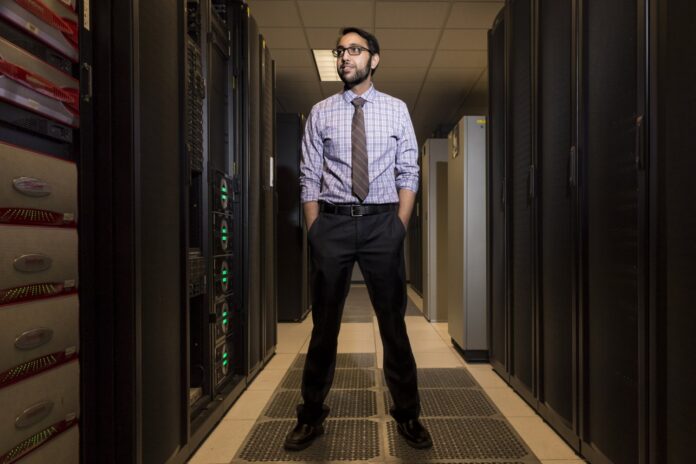The Growing Use of Generative AI and its Environmental Impact
The use of generative AI is on the rise, and it’s changing the way we live and work. Vijay Gadepally, a senior staff member at MIT Lincoln Laboratory, is working on projects to make computing platforms and artificial intelligence systems more efficient. In this article, we’ll explore the growing use of generative AI, its environmental impact, and what’s being done to reduce its carbon footprint.
What is Generative AI?
Generative AI uses machine learning to create new content, such as images and text, based on data inputted into the system. This type of AI is being used in a variety of fields, including education, healthcare, and finance. At the Lincoln Laboratory Supercomputing Center (LLSC), researchers are designing and building some of the largest academic computing platforms in the world, and they’re seeing an explosion in the number of projects that need access to high-performance computing for generative AI.
The Environmental Impact of Generative AI
As the use of generative AI grows, so does its environmental impact. The complex algorithms used in generative AI require a lot of energy to run, which contributes to greenhouse gas emissions. In fact, training a single AI model can use as much energy as it takes to power a small town for a year. To put this into perspective, one image-generation task is roughly equivalent to driving four miles in a gas car, and generating 1,500 text summarizations uses the same amount of energy as charging an electric car.
Strategies for Reducing the Environmental Impact of Generative AI
So, what can be done to reduce the environmental impact of generative AI? At the LLSC, researchers are working on several strategies to make computing more efficient. One approach is to reduce the amount of power consumed by hardware by making simple changes, such as dimming or turning off lights when not in use. In one experiment, researchers reduced the energy consumption of a group of graphics processing units by 20-30% with minimal impact on performance.
Another strategy is to change behavior to be more climate-aware. For example, training AI models when temperatures are cooler or when local grid energy demand is low can help reduce energy consumption. Researchers have also developed techniques to monitor computing workloads and terminate those that are unlikely to yield good results, which can help reduce waste and save energy.
A Climate-Aware Computer Vision Tool
One project that’s showing promising results is a climate-aware computer vision tool. This tool uses real-time carbon telemetry to produce information about how much carbon is being emitted by the local grid as a model is running. Depending on this information, the system will automatically switch to a more energy-efficient version of the model, which typically has fewer parameters, in times of high carbon intensity, or a higher-fidelity version of the model in times of low carbon intensity. By doing this, researchers saw a nearly 80% reduction in carbon emissions over a one- to two-day period.
What Can Consumers Do to Help?
So, what can consumers do to help mitigate the climate impact of generative AI? One thing is to ask AI providers to offer greater transparency about the carbon footprint of their products. This could include providing information about the energy consumption of different models or offering options for users to choose more energy-efficient versions. Consumers can also make an effort to be more educated about generative AI emissions and make conscious decisions about which products to use based on their priorities.
Conclusion
The growing use of generative AI is having a significant impact on the environment, but there are steps being taken to reduce its carbon footprint. By making computing more efficient, changing behavior to be more climate-aware, and developing new technologies, researchers are working to mitigate the environmental impact of generative AI. As consumers, we can also play a role by demanding greater transparency and making informed choices about the products we use. By working together, we can reduce the environmental impact of generative AI and create a more sustainable future.

